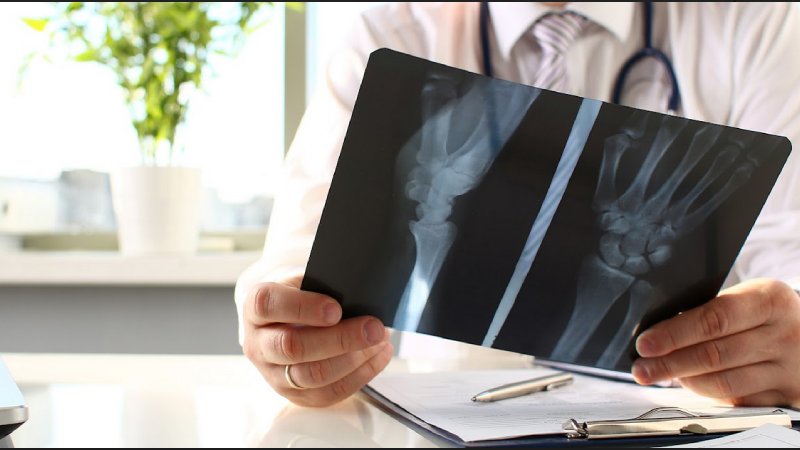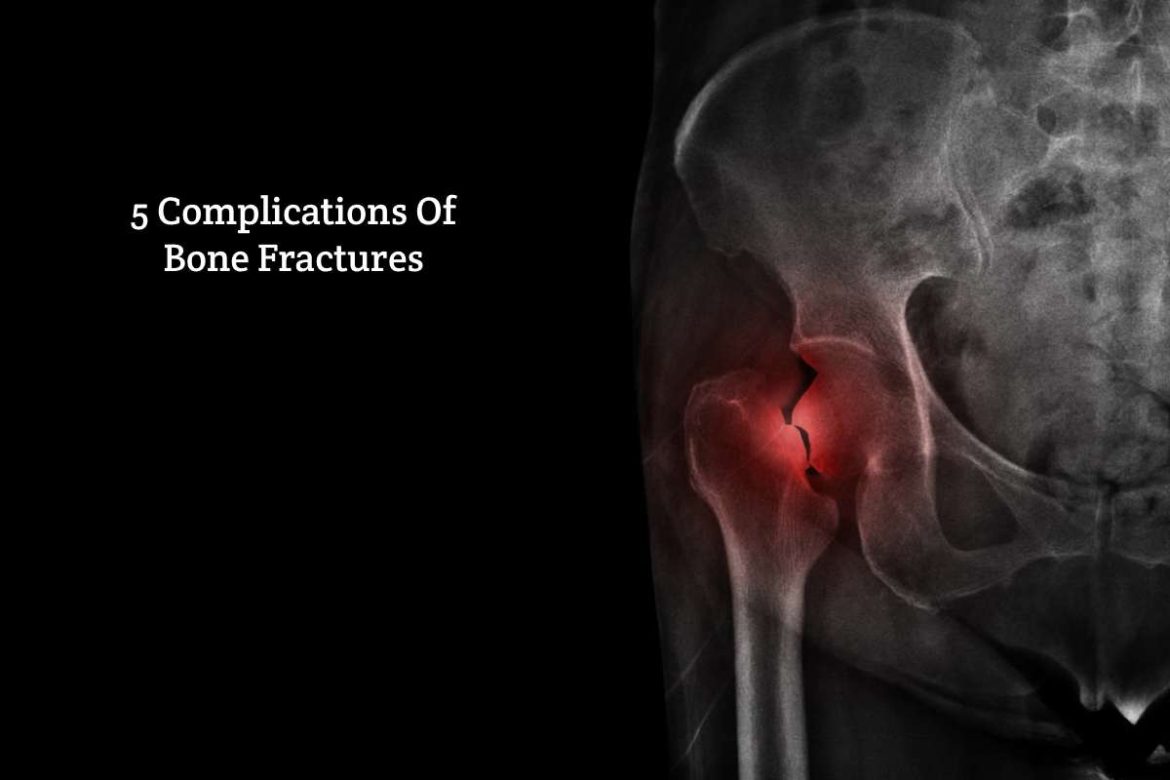5 Complications Of Bone Fractures – one fractures are the most common consequences of accidents, falls, and injuries. These conditions often cause significant discomfort and pain to people, especially to those who have lesser knowledge about the proper measures to treat broken bones. Bone fractures could also lead to severe health conditions if not appropriately addressed.
So, it’s best to consult an orthopedist and other specialists to get yourself treated. It’d also help to learn appropriate fracture management practices to prevent worst-case scenarios. Lastly, this article could help enrich your knowledge about this matter.
Things To Know About Bone Fractures
Some of the potential warning signs of bone fractures may include swelling, limping, fever, chronic pain, and drainage from a wound.
Here are some of the most common classifications of bone fractures:
- Closed/Open Fracture: Closed fracture refers to the damage that occurs within the skin. On the other hand, if the rupture tore the skin, I’s now an open or compound fracture.
- Complete Fracture: The fracture breaks the bone into two, earning its name complete rupture.
- Displaced Fracture: This condition refers to the gap formed around the fractures. Usually, displaced fractures require surgeries and treatments to fix.
- Partial Fracture: The damage doesn’t entirely affect the bone, only some portions.
- Stress Fracture: This refers to the cracks in one’s bones. Even with various technological tools, like imaging, stress fractures could be challenging to notice.
Bone Fracture Complications
Knowing a thing or two about the most common complications of bone fractures could help you determine the right treatments for each condition. So, you can continue reading the information listed below to understand this matter better.
Bone Infections (Osteomyelitis)
One of the most common complications of bone injuries is osteomyelitis. Otherwise known as bone infection, this condition occurs when bacteria and fungi enter the body during the trauma, especially the bone. Ailments could also happen during surgeries and treatments while trying to set a bone.
While you may think that this condition is limited only to adults, children might suffer from bone infection as well, affecting the long bones in their arms and legs. Osteomyelitis may also appear in older patients’ feet, spine, and hips. It may take some time for bone infections to develop, especially if not treated immediately.
Bone Deformities (Malunions)

Aside from bone infections, another common consequence of bone fractures is bone deformities or malunions. This condition refers to the misaligned bones that are caused by bone injuries. Chances are, the fractured bones might heal in abnormal positions, leading to malunions.
Failure to treat this condition could impair bone functions or weaken limbs. Bone deformities could also make one’s bones appear ‘bent.’
On the other hand, a nonunion refers to broken bones that took time to heal or didn’t heal at all.
Blood Clots
As simple as they may seem, blood clots could negatively impact one’s body if not appropriately addressed. Intrinsically, blood clots refer to the gel-like formation of thickened blood that could clog one’s veins or arteries. Blood usually forms a semisolid mass upon the injury, making it more challenging to handle.
While clotting is normal, it’d be risky if they don’t dissolve automatically. Specifically, it could block the arteries and affect the blood flow. Patients may consider undergoing treatment, medications, and surgeries for quicker recovery to treat blood clotting.
Joint Stiffness
Stiff joints are a condition caused by many factors, including bone fractures. Aside from the primary issue of bone fracture, joint stiffness could lead to more severe health conditions if not treated immediately, including bone cancer, arthritis, gout, lupus, bursitis, and other degenerative joint diseases.
Although there might be lesser pain relief options for joint stiffness, one could consider taking specific measures to relieve pain and discomfort, such as taking over-the-counter medications and doing regular exercises. Patients could also consider prescription drugs upon a doctor’s recommendation, or surgeries for faster recovery.
Compartment Syndrome
If you suffer from bone fracture, you mustn’t only look out for the risks of blood clotting and compartment syndrome. It refers to the sudden rise of pressure around the affected bones, which could increase the pain and discomfort it might cause to patients.
Not just that, but compartment syndrome could also limit blood, oxygen, and nutrient flow to muscles and nerves, leading to weaker limbs and, worse, death. In most cases, compartment syndrome occurs in the lower leg.
Final Thoughts
Although it’d be challenging to treat bone fractures, they’re manageable. Bone injuries also usually heal most of the time. But, some patients tend to suffer from complications during the onset of the condition. Consequently, it may prolong the healing process and cause extreme pain to patients.
To avoid going through that suffering, you can consider seeking help from orthopedists and other specialists to get yourself treated. Or, you can hire services from registered facilities and centers, and take supplements for strong bones and faster recovery.


